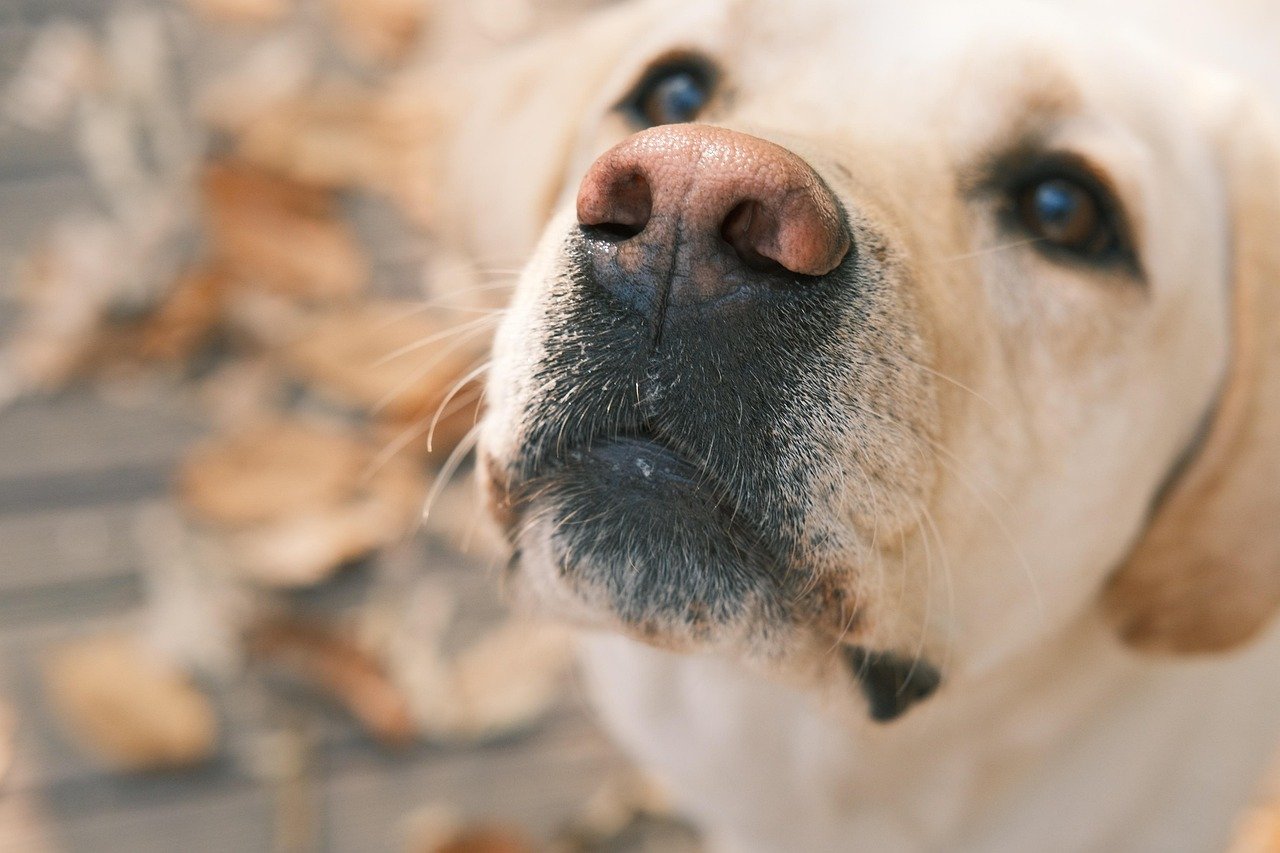Have you ever noticed your Labrador watching you intently when you’re feeling down? There’s something magical happening in those moments that goes far beyond simple companionship. Your furry friend isn’t just offering comfort – they’re actually reading your emotional state with scientific precision that might surprise you. What we’re discovering about these beloved dogs challenges everything we thought we knew about animal empathy.
The Science Behind Their Supernatural Sensitivity

The Labrador Retriever is arguably the most empathic breed of dog, with an innate skill to know how their owners are feeling. This isn’t just wishful thinking from devoted dog parents – it’s backed by solid research. Scientists have discovered that Labs possess a unique combination of genetic markers and behavioral traits that make them exceptionally tuned in to human emotions.
SNP2 was associated with several behavioral variables in both breeds, among others owner gazing frequency in both golden retrievers and Labradors. These genetic variations actually influence how intensely your Lab focuses on your face and body language. It’s like they’re hardwired to be emotional detectives, constantly scanning for clues about your inner state.
Their Hearts Beat in Rhythm With Yours

Here’s where things get truly fascinating: Research suggests that the heart rate variability of a dog and its owner adapt to each other during interaction. High heart rate variability is associated with relaxation, while low heart rate variability indicates stimulation. This means your Lab’s heart literally syncs up with yours during emotional moments.
A dog’s heart rate variability adapted to match its owner’s during interaction. When the owner displayed high heart rate variability, indicating relaxation, the dog would mirror this state. Think about that for a second – your dog’s cardiovascular system is responding in real-time to your emotional state. It’s like having a four-legged mood ring that actually works.
The Oxytocin Connection That Bonds You Together

When you look into your Labrador’s eyes, something remarkable happens on a chemical level. Mutual gazing had a profound effect on both the dogs and their owners. Studies have shown that mutual gazing between dogs and owners can significantly increase oxytocin levels in both species.
This oxytocin release isn’t just feel-good chemistry – it’s the same hormone that bonds mothers to their babies. Your Lab has essentially hijacked your parental bonding system, creating an emotional connection that rivals human relationships. When playing with the family dog, children had higher levels of oxytocin compared to when they played alone with toys. Similarly, the dogs in the study also had high oxytocin levels during the play session.
They Can Literally Smell Your Stress

Your Labrador’s nose isn’t just impressive – it’s a sophisticated emotional radar system. Dogs experience emotional contagion from the smell of human stress, leading them to make more ‘pessimistic’ choices, new research finds. When you’re anxious or stressed, your body releases specific chemical compounds that your Lab can detect.
Research has shown that dogs can be exposed to samples of different human body odors – representing fear, happiness, and a neutral emotion. When the dogs were exposed to the scent of fear, they exhibited more stressful behaviors and higher heart rates than they did in the presence of “happy” odors. Your emotional state is literally written in your scent, and your Lab is reading that story with every breath.
Reading Your Face Like an Open Book

Studies suggest that dogs can respond to human facial expressions representing various emotions – anger, fear, happiness, sadness, surprise, and disgust – with changes in their gaze and heart rate. Your Lab isn’t just looking at you – they’re analyzing micro-expressions and facial patterns that reveal your inner world.
What’s even more remarkable is how they process this information. Labs can distinguish between genuine emotions and fake ones, responding differently to authentic sadness versus performed sadness. Their emotional intelligence rivals that of young children in many ways.
The Mirror Neuron Effect in Action

Because of our close connection with dogs, we have co-evolved to detect each other’s [emotional] signals in ways that are different from other species. This co-evolution has created something extraordinary: mirror neurons that fire when your Lab observes your emotional expressions. When you smile, specific neurons in their brain activate as if they were smiling too.
Dogs show physical signs of stress, such as increased heart rate, when their owner is subjected to a stressful experience, suggesting they look to us for cues about how to respond to a situation, and unconsciously mirror our own emotions. This mirroring effect means your emotional state becomes their emotional state in real-time.
Why Labradors Excel Beyond Other Breeds

In this tough environment, humans were as nearly as reliant on the swimming and retrieving abilities of their dogs, as their dogs were on them for food and shelter. It’s that remarkably co-dependent start which ultimately shaped the Labrador Retriever breed as we know it today. Labs were bred for cooperation and partnership, not just obedience.
This selective breeding created dogs with an enhanced ability to read human emotions. Gundogs had higher scores for ‘fetching tendency’ and ‘trainability’ than Showdogs or Pets. But more importantly, generations of working closely with humans developed their empathetic abilities far beyond what we see in most other breeds.
The Therapeutic Power They Unleash

Labs have a natural ability to sense their owners’ emotions and provide comfort when needed most. Their affectionate demeanor can significantly reduce feelings of loneliness and anxiety. This isn’t just companionship – it’s active therapy happening right in your living room.
Research shows that Lab owners experience measurable decreases in cortisol levels and blood pressure when interacting with their dogs. It appeared as if the dogs and their owners responded to the interaction in similar ways with regard to oxytocin. The interaction induced oxytocin release in the owners who displayed behaviors that are associated with anti-stress effects. Your Lab is literally changing your brain chemistry for the better.
Conclusion: Your Emotional Co-Pilot

Your Labrador Retriever isn’t just a pet – they’re an emotional co-pilot navigating life’s ups and downs alongside you. Through millions of years of evolution and careful breeding, we’ve created a companion species that can read our hearts, mirror our feelings, and provide comfort when we need it most. The bond you share goes beyond simple affection; it’s a biological partnership that benefits both species.
Next time your Lab comes over to comfort you without being asked, remember that they’re not just being sweet – they’re responding to a complex symphony of chemical, visual, and physiological cues that tells them exactly how you’re feeling. Who knew your furry friend was such a sophisticated emotional scientist?

Andrew Alpin from India is the Brand Manager of Doggo digest. Andrew is an experienced content specialist and social media manager with a passion for writing. His forte includes health and wellness, Travel, Animals, and Nature. A nature nomad, Andrew is obsessed with mountains and loves high-altitude trekking. He has been on several Himalayan treks in India including the Everest Base Camp in Nepal.






